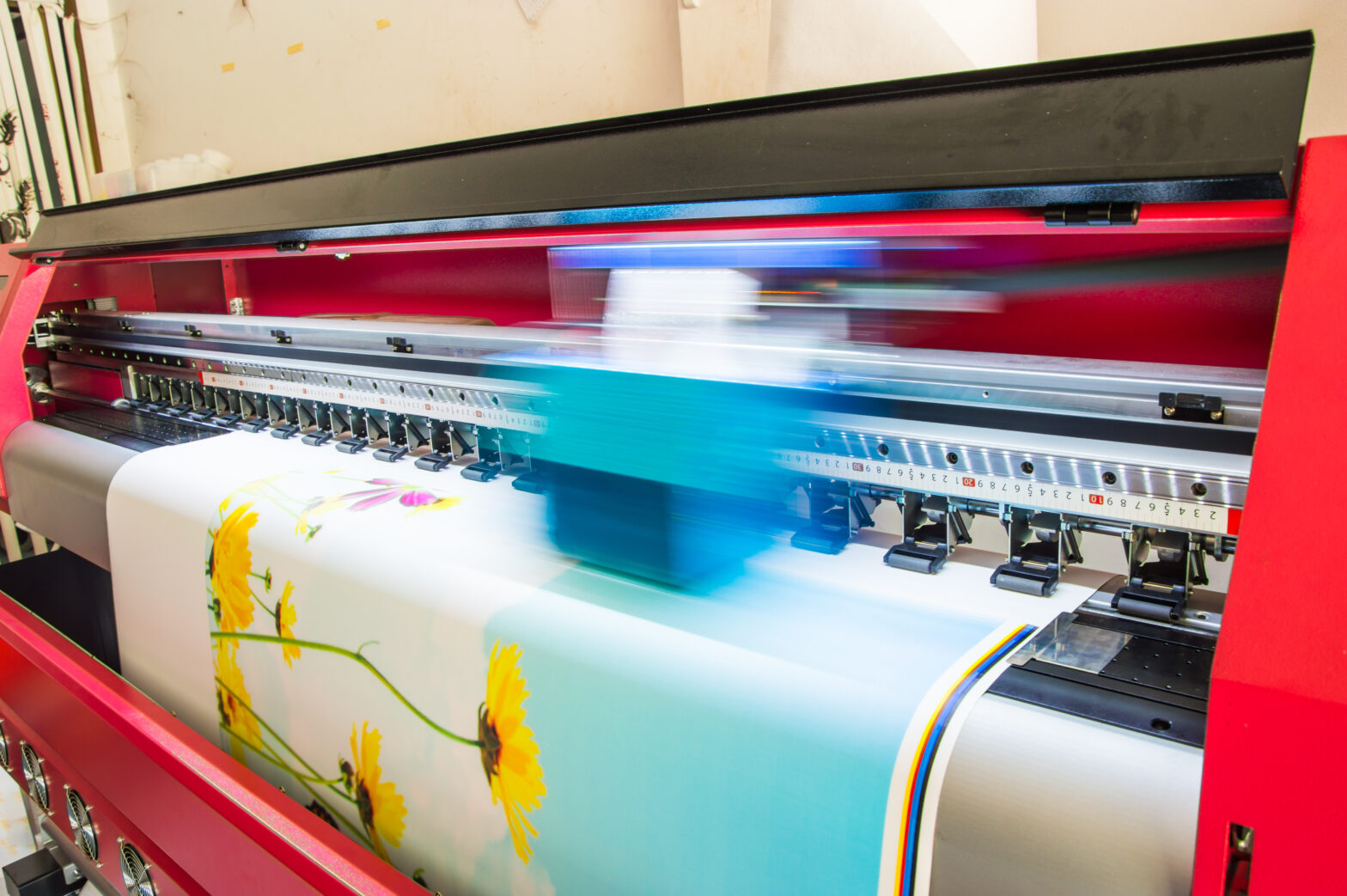It’s no mean feat transforming a business dabbling in music flyers into a £20 million print franchise. GrowthBusiness gets to grips with the brains behind the Printing.com empire.
Tony Rafferty was expelled from Sheffield University for spending more time on student union activities and bands than on his studies. Reflecting that ‘it was a good place to be thrown out of,’ he fell back on one of his extra-curricular pursuits, producing nightclub flyers. The ‘business’ consisted of himself, a drab bedsit and a passion for the work involved.
His initial enthusiasm met with modest success and, believing he had tested the idea, he borrowed £5,000 from his dad, rented a low-key office and launched Printing.com. This once-speculative firm now supplies a range of leaflets, promotional cards, business and invitation cards, letterheads (and much more besides) to private individuals and small businesses. Perhaps more importantly, it is now listed on AIM with a market value of more than £20 million and has plans to not only dominate the UK but to launch into Europe and the US.
A new way of franchising
At an early stage, Rafferty opted to take the franchise route to growth, a decision which seems to have paid off handsomely.
The core print market is currently fragmented, and conservative estimates value it at between £1 billion and £2 billion a year in the UK. The larger players, such as Prontaprint and Kall Kwik (both owned by the Irish Adare ODC group), operate through hundreds of franchisees, each supplied with his or her own presses and other production equipment.
When Rafferty took his business into franchising, he soon decided this was not the approach for him. ‘If you were at a business school,’ he suggests, ‘you would be told franchising is the licensing of intellectual property and brand names and, say, a McDonald’s franchisee had to get his beef from a central McDonald’s source — not from the local butcher.
‘But if you are a Kall Kwik franchisee, you buy it all locally.’ In slacker times, there are hundreds of little-used presses and other pieces of equipment tied up doing nothing.
Rafferty reckoned his company would grow faster and enjoy wider margins by centralising all production in a core hub, as long as franchisees’ requirements could be met accurately, efficiently and speedily. Huge print runs had always been done centrally, but the idea of batching large numbers of small orders onto one big printing press, with the cash provided by the franchisees, was new.
He has depended for his success on proprietary software, called Flyerlink, which connects Printing.com’s franchise outlets with the Manchester hub and is in a format that can be scaled. According to analysts, it has taken ten years to bring the software to its present level. A new generation, Flyerlink Pro, was recently introduced.
Building for growth
Whatever the industry or its competitors might think about how this business operates, the model seems to be working. Printing.com increased pre-tax profits 61 per cent last year to £1.5 million on turnover 15 per cent up at £10.7 million. It operates nine directly-owned stores and 118 franchises and has won the HSBC award for Enterprise in the British Franchise Association’s annual Franchisor of the Year awards.
Despite the fact that Printing.com stores have no printing equipment on location, the company insists all work is usually delivered to the customer within three days and is produced in full four-colour rather than two-colour.
The franchises include 34 ‘Territory Franchises’ and two ‘Boutique Franchises’, as well as 78 ‘Bolt-on Franchises’ and four new ‘Guerrilla Franchises’. As Rafferty explains, a territory franchise, for which Printing.com will put up about £34,000 out of the start-up costs of £120,000, obliges the franchisee to open a dedicated store in a main town and maintain a network of bolt-on franchises in an area ‘typically the size of an English county’.
A bolt-on franchise is a partnership between Printing.com’s franchisee and his or her existing business, such as a coffee shop or graphic design office. It will bear the name ‘Printing.com at xxxx’, thus enabling franchisees to keep their names above the shop. The franchisee pays £7,000 to £8,000 in the first year, falling to £5,000 or £6,000 in year two, receives half the licence fee for the area and provides local support, while Printing.com does the training of franchisees.
Rafferty recalls the bolt-on idea came from a territory franchisee in Plymouth who saw some suitable printing outlets one day when driving round Totnes. The target now is to take the network of territory franchises to 67, each with four bolt-ons.
‘One bolt-on tripled the business of an existing territory franchise,’ says Rafferty, recalling with satisfaction that in the early days ‘business consultants told us we could never develop the business this way.
‘I don’t like consultants,’ he adds. ‘Now we’ve achieved it, they’ve never said “we were wrong”.’
Aggression is key
‘The guerrilla franchise is a variation on the bolt-on for people with nothing to bolt on to,’ explains Rafferty. It partly depends on key people in graphic design and similar businesses leaving their employers, taking their old companies’ key clients with them and setting up on their own – with Printing.com’s help.
Rafferty says the idea was inspired by his own early experiences and those of Peter Gunning, who originally started The Design Foundry in Edinburgh with a few thousand pounds and is now Printing.com’s operations director. ‘There are lots of potentially suitable people working as number twos in design businesses [who want to break out].’
He cites a talented 26-year-old in Carlisle who produced his firm’s graphic designs and handled its clients, but saw he had no prospect of advancement in his company. ‘He thought, “why don’t I go off and take my clients with me?”, so we decided to help him.’
New markets beckon
Four years ago, Rafferty and his chairman George Hardie went to the USA and had discussions about a possible joint venture with a ‘half-a-billion-dollar Wall Street-quoted company’. At that point, Rafferty explains, ‘it was too early to do a deal’. Now, however, Printing.com is ‘exploring options for a master franchise arrangement in the US’. On this side of the pond, a move into Dublin has already occurred and mainland Europe is now a target, if the right project can be found.
As for the UK, Rafferty likes to boast that a new Printing.com franchise opens every five working days and says he wants to cut that to three. He claims he draws most satisfaction from visiting franchisees and advising on problem solving – and is most amused by what tends to happen ‘when we go to Printing Association functions. The room goes quiet and we are not offered a beer — until much later, in secret.’






